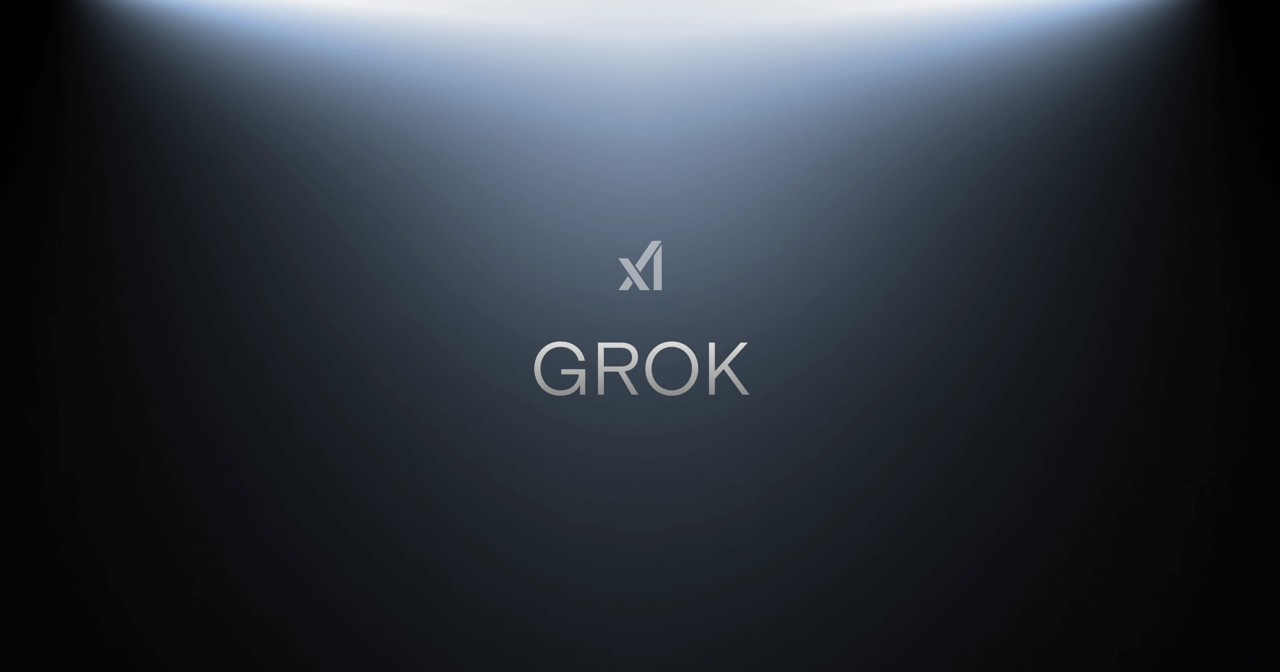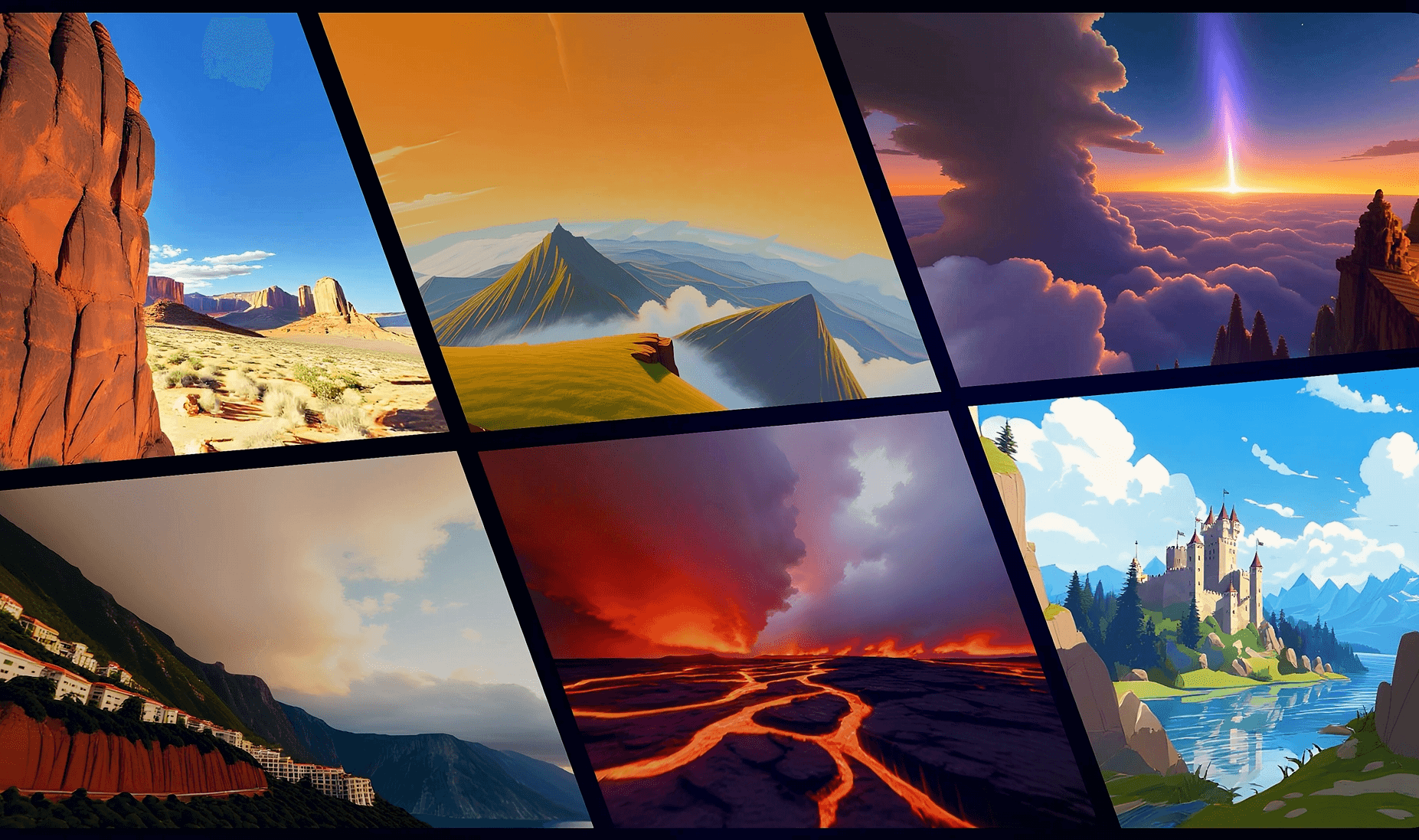- Innovation Profs Newsletter
- Posts
- Innovation Profs - 7/29/2025
Innovation Profs - 7/29/2025
Your weekly guide to generative AI tools and news
Latest Gen AI News
OpenAI teases imminent GPT-5 launch. Here's what to expect
Word on the street is that GPT-5, OpenAI’s latest large language model, will drop in early August, along with mini and nano versions as well as API access for developers. Reportedly, GPT-5 will combine with power of reasoning models with the linguistic prowess of the standard GPT models. It remains to be seen how GPT-5 performs compared to its predecessors. In a recent interview, Sam Altman likened GPT-5 to the Manhattan Project, but it’s unclear what that’s supposed to mean.
NIH to Limit AI Use, Cap PI Grant Applications at 6 per Year
Due to the proliferation of AI-generated grant proposals, with some applicants submitting in excess of forty applications within a single funding cycle, the National Institutes of Health is limiting the number grant proposals a Principal Investigator can submit to six per year. In addition, the agency will not “consider applications that are either substantially developed by AI, or contain sections substantially developed by AI, to be original ideas of applicants.” Even grant recipients who have been found to be overly dependent on AI in their proposals can be penalized post-award.
Figma’s AI app building tool is now available for everyone
Figma Make, Figma’s vibe coding platform, formerly only available to paid Figma users, is now freely available for all users. One advantage that Figma Make has over other vibe coding platforms is the ability to upload images or Figma designs to serve as a reference for user prompts. Note that only paid Figma users can share their designs with others, unlike other vibe coding platforms. Additional AI-related features, including the ability to make and edit images with AI and a system of credits for AI use, are being incorporated into Figma.
Quick Hits
Tool of the week: ChatGPT agent
We officially got access to ChatGPT agent late last week, so Professor Snider tested it out to do some social media research. See the full video of his test here, and read on for some info about ChatGPT agent.

Agent combines three key ChatGPT tools. The first is ChatGPT's intelligence and ability to converse in a human-like way.
The second is Deep Research, which conducts multi-step research on the internet for complex tasks.
And the third one, which is new to most of us, is Operator. Operator can go to the web to perform tasks for you on its own built-in browser.
ChatGPT says you can use agent to, for example, to look at and analyze your calendar, to plan and buy ingredients for a meal and to analyze competitors and create a slide deck.
Snider was able to get agent logged in to Instagram, search for content and engage with other Instagram content.
AI-generated image of the week
This week, we created a fluffier variation of the Innovation Profs logo using ChatGPT. You can see the reference logo in the bottom-right. Follow us on Instagram to see more logo transformations posted later this week.

Prompt: Transform this logo into a soft, 3D fluffy object. Use the exact colors and spacing in the original logo. The shade is fully covered in fur, with hyperrealistic hair texture and soft shadows. The object is centered on a clean, black background and floats gently in space. Cinematic lights shine from behind the logo that make it pop. The style is surreal, tactile and modern, evoking a sense of comfort and playfulness. High-resolution render. What we found
Tencent's HunyuanWorld 1.0 is an open-source model that creates immersive 360° scenes from text or a single image.







